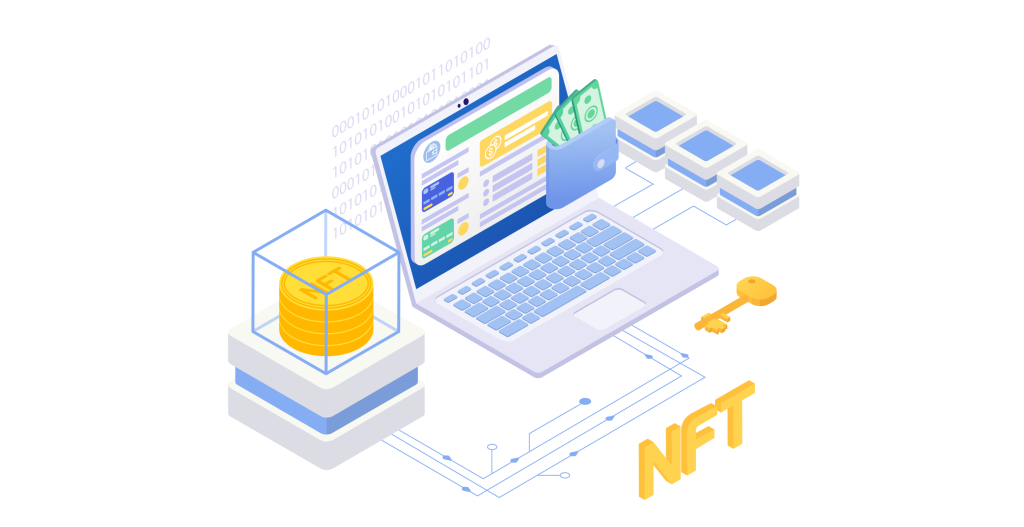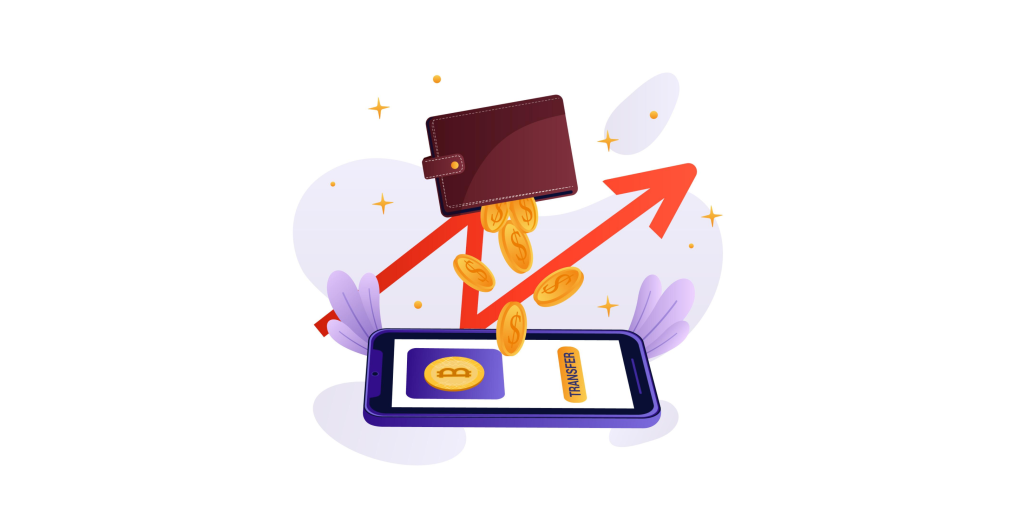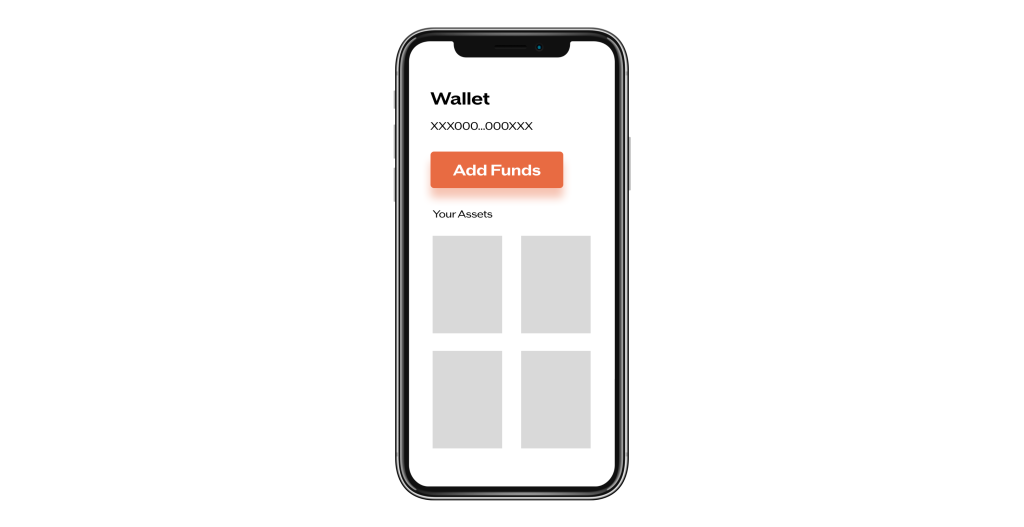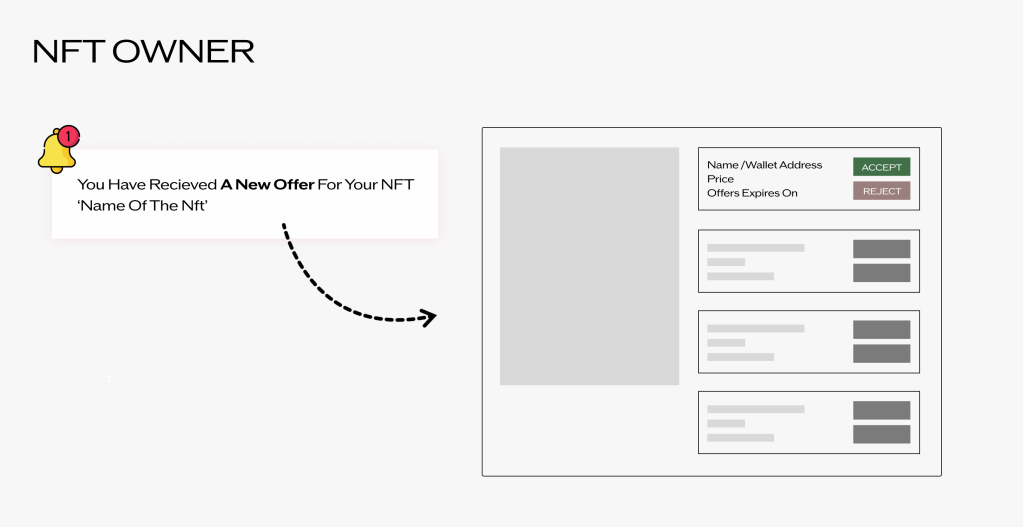The global cryptocurrency wallet market size was valued at $1.03 billion in 2021, underlining the significant and growing relevance of crypto wallets as important tools in the fintech ecosystem. This surge reflects not just a trend, but a fundamental shift in how we perceive and handle digital ownership and transactions.
Wallets, conceptualized with pre-defined cryptographic rules, have gained massive popularity owing to their inherently built-in security feature.
In this blog, we explore popular wallet types, their features, a few use cases they serve, and some critical challenges designers face while building them.
To start with, let’s explore some common wallet types.
1. Personal Wallets
Personal wallets are built to seamlessly integrate with NFT platforms. Users can connect their wallets directly to NFT marketplaces or crypto trading platforms, Whether participating in auctions, exploring virtual worlds, sending/receiving cryptocurrency or collecting digital art, the personal wallet acts as a versatile key to the broader financial landscape.
Personal wallets like MetaMask or WalletConnect are widely used in NFT/crypto platforms. These tools enhance user experience and interoperability.
2. Multi-Signature Wallets
Multisig, short for multi-signature, refers to a wallet requiring multiple private keys to authorize and execute a transaction. It’s like having a vault that demands a group consensus to unlock, ensuring collaborative control.
Multisignature wallets are commonly used for corporate accounts and shared funds on trading platforms.
When a user purchases an NFT on their website, a wallet address will be generated automatically for the user. This provides a seamless experience for users to store their newly acquired NFTs from the platform.
3. E-mail based wallets or web 2.5 (non-blockchain) users
Designed specifically for users who have limited working knowledge with blockchain, and yet want to own an NFT can purchase and store it in an email wallet. A wallet based on an email, this approach aims to simplify the NFT ownership experience, precluding the need to understand the workings of blockchain technology in detail. By purchasing an NFT and storing it in a wallet created solely through an email, the process becomes more user-friendly and less technically demanding.
A Few Prominent Use Cases of Wallets
Apart from storing NFTs that are purchased, there are various use cases that a wallet helps serve when connected to any NFT platform.
1. Revenue Generation
Listing NFTs on an NFT platform serves as a gateway to a world of opportunities and benefits for creators, collectors, and the overall NFT ecosystem. The system is rather simple. A seller uploads essential details about the NFT, including descriptions, pricing, royalties. Once the Digital asset is minted, The listing becomes visible to the marketplace’s audience, allowing potential buyers to explore and buy the NFT.
An NFT owner can also set royalties for themselves on each resale of their NFTs. This creates a continuous revenue stream as their creations change hands in the secondary market, incentivizing creators and acknowledging the ongoing value of their work.

2. Transfer of Assets & Transfer of Ownership
Users generally have the flexibility to manage their NFTs/ crypto coins and transfer them to different wallets if desired. Users might decide to change their primary wallet for various reasons, such as opting for a more secure wallet solution or transitioning to a wallet that aligns better with their preferences. A user can transfer NFT by just providing the Delivery wallet address and verifying it.

3. Claiming Rewards & Benefits
Some NFTs go beyond digital ownership, offering additional benefits that can be either physical or digital. Owners can also review a chronological list of previous and current owners, establishing a transparent and traceable lineage for the digital asset.
Certain NFTs come with real-world perks, such as exclusive physical merchandise. Imagine owning a digital artwork that also unlocks a limited-edition, tangible item—be it a custom-printed poster, a collector’s edition book, or even apparel
Some NFTs provide holders with VIP access to events, concerts, or exclusive experiences.
Some digital benefits that include access to exclusive content, early releases, or special features within a digital platform or game
One can enjoy all these benefits, from their wallet (where their NFTs are stored)
4. Fund Creation
A wallet is the gateway to financial freedom. Users can add funds via third party, transforming their wallet into a digital vault brimming with possibilities. Whether it’s credit cards, bank transfers, or other payment methods, adding funds becomes a flexible and user-friendly experience from a wallet.

This essentially helps users redefine the way they perceive and interact with money.
5. Offers & Rewards
Whether or not an NFT has been explicitly listed for sale, interested collectors may still discover and make offers for the NFT directly from a wallet. The NFT ownership experience often includes receiving offers from potential buyers or collectors who appreciate the digital creation.
If a user finds an offer appealing and believes it aligns with their preferences, they can choose to trade their NFT for the offered value. On the other hand, if the offer doesn’t meet the user’s expectations or if the user simply prefers to keep ownership, they have the option to reject the offer.

Having understood their use cases in depth, let’s dive into some key challenges that UX designers face while building wallets for the Web3 space. Even as NFTs gain traction, UX designers will need to keep pace with features that cater to the unique needs of these assets, such as displaying digital art or ensuring the provenance of collectibles. This continuously changing industry demands not just technical expertise, but a deep understanding of the user’s journey in the crypto and NFT world.
The Challenges Involved
Designing wallets for the crypto and Web3 ecosystem is often fraught with challenges. Unlike traditional financial systems, crypto and NFT platforms require wallets to navigate a landscape where the rules are constantly rewritten by technological advancements and market shifts.
Wallet designers must grapple with providing security to thwart sophisticated cyber threats, while ensuring user-friendliness for a diverse user base, ranging from tech-savvy enthusiasts to newcomers drawn by the usefulness of digital assets.
- Integrating security: Designers must ensure robust security by implementing strong password protocols and offering two-factor authentication (2FA) options. This balance of security with usability is crucial to protect user assets while not trading off user-friendliness.
- Building intuitive UIs: Crafting interfaces that seamlessly interact with complex blockchain networks is a key challenge. Designers must simplify these interactions, presenting essential information without overwhelming users with technical jargon.
- Enabling transaction feedback: Providing clear, timely feedback on transaction statuses is essential for users navigating a complex application. Designers have to make sure that they inform users of expected update times in order to minimize frequent checks and enhance user convenience.
- Providing educational resources: Integrating educational tools within the platform is vital. This includes presenting explanatory notes on technical terms, using tool tips, and other user aids to demystify the technology and improve user comprehension and engagement.
Closing Thoughts
NFT and crypto wallets are designed with a focus on security, user experience, and the unique functionalities required for managing digital assets. They incorporate advanced security features like encryption and multi-signature options, while ensuring ease of use with intuitive interfaces. Compatibility across platforms and various digital asset standards is also a key consideration. With the integration of real-time data processing and compatibility with evolving NFT platforms, these wallets are not just storage spaces but gateways to a burgeoning digital economy. The possibilities are endless, as these wallets continue to evolve, potentially introducing more features like integrated marketplaces, enhanced asset management tools, and greater interoperability, paving the way for a more seamless and enriched digital asset experience.